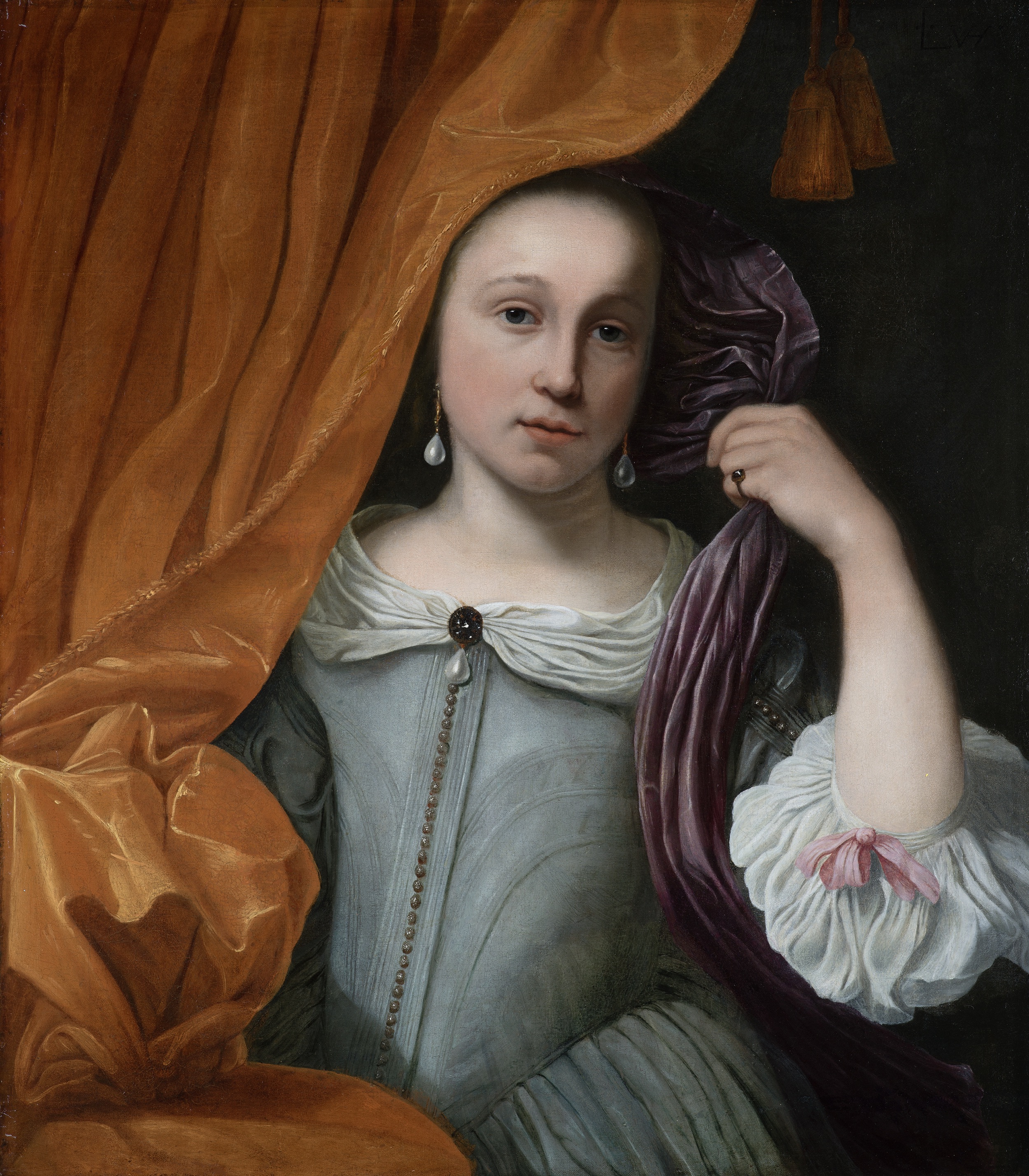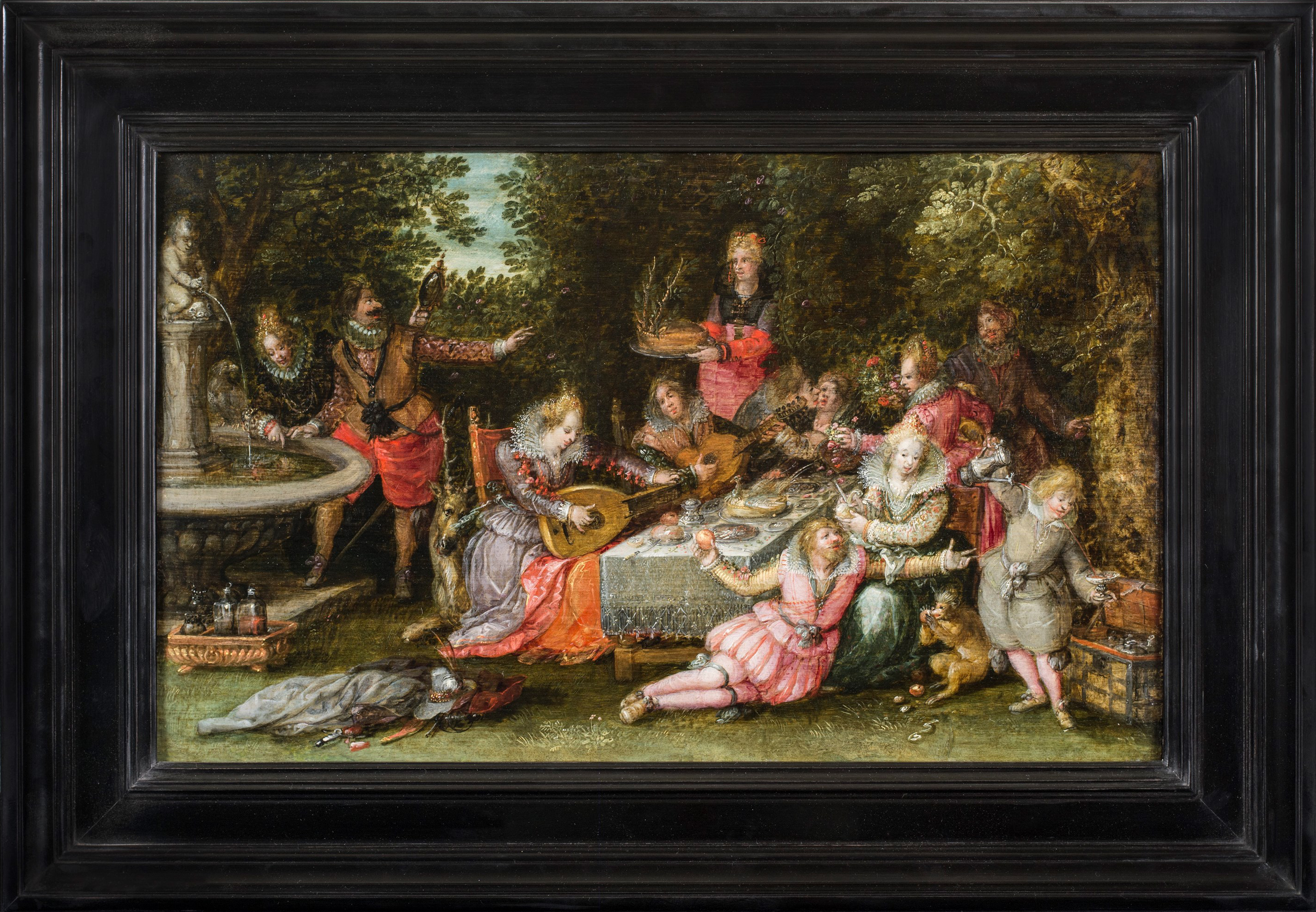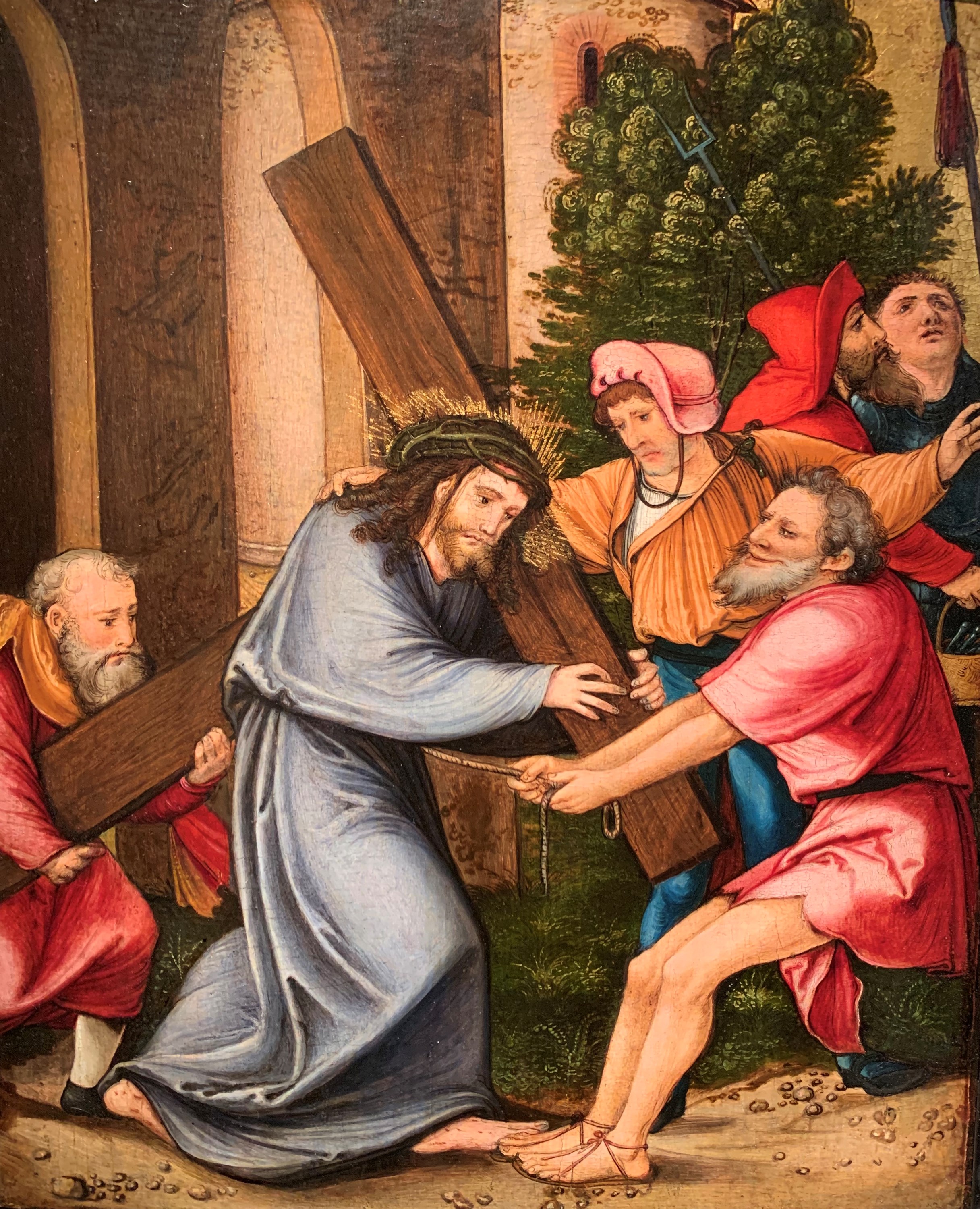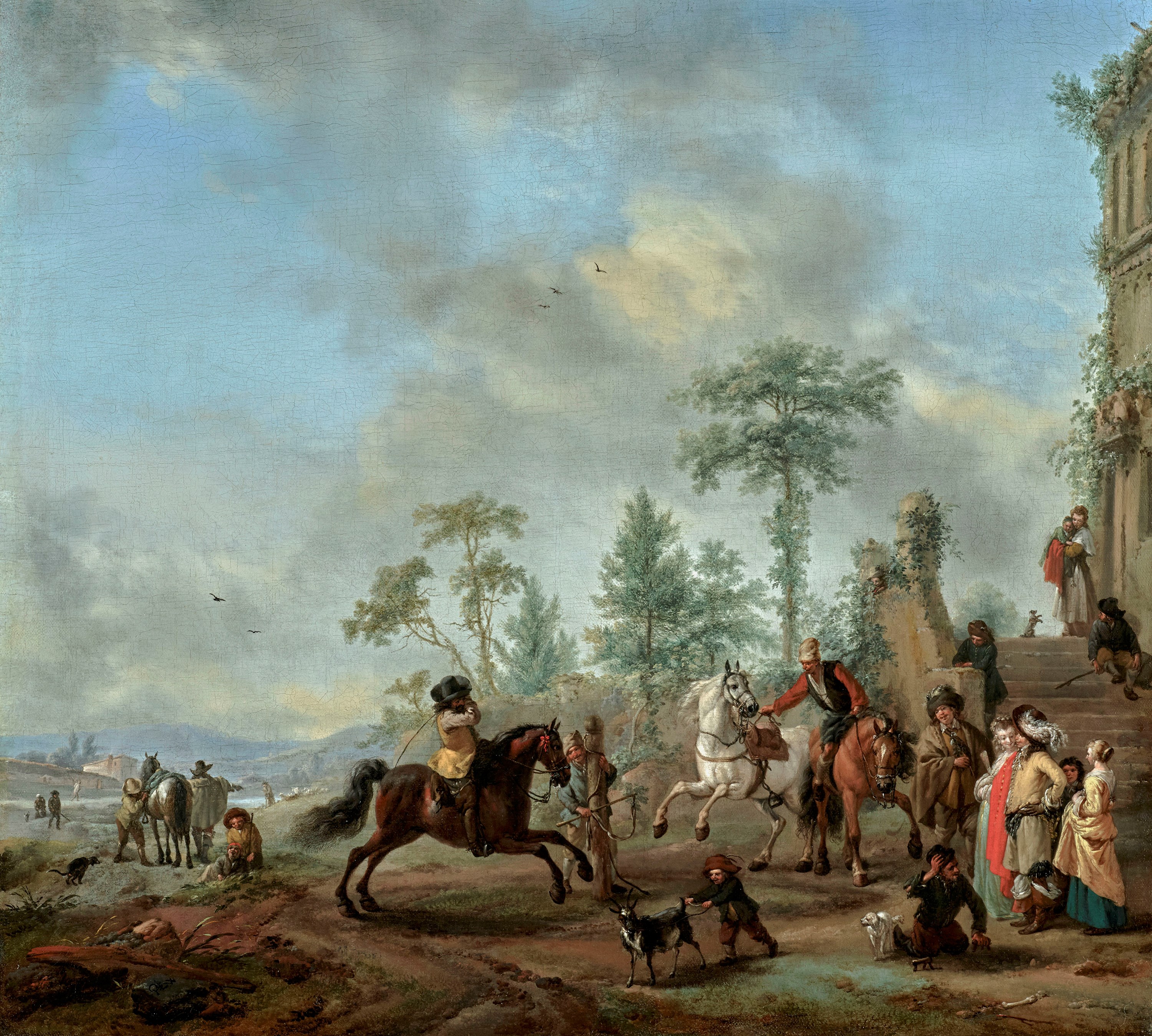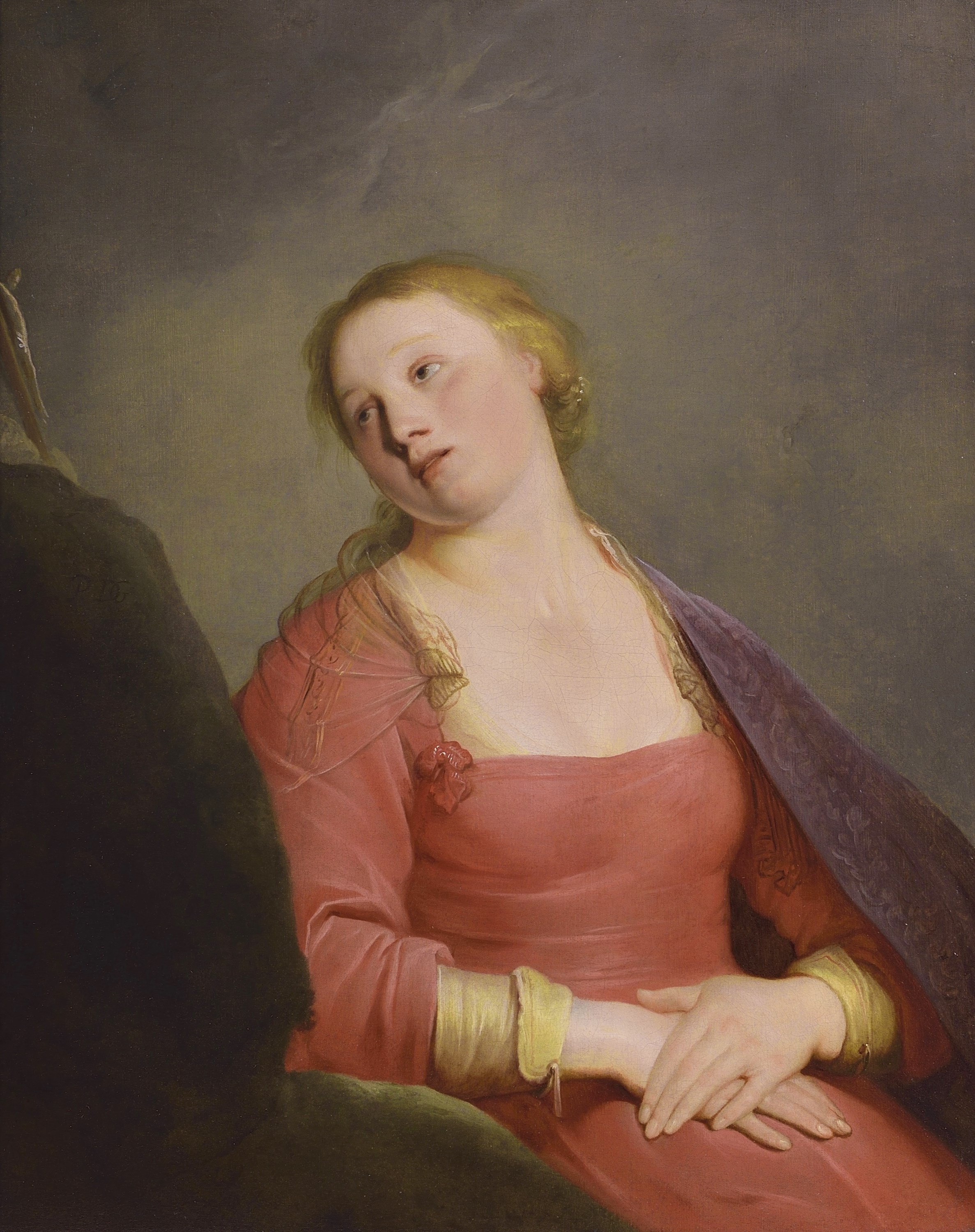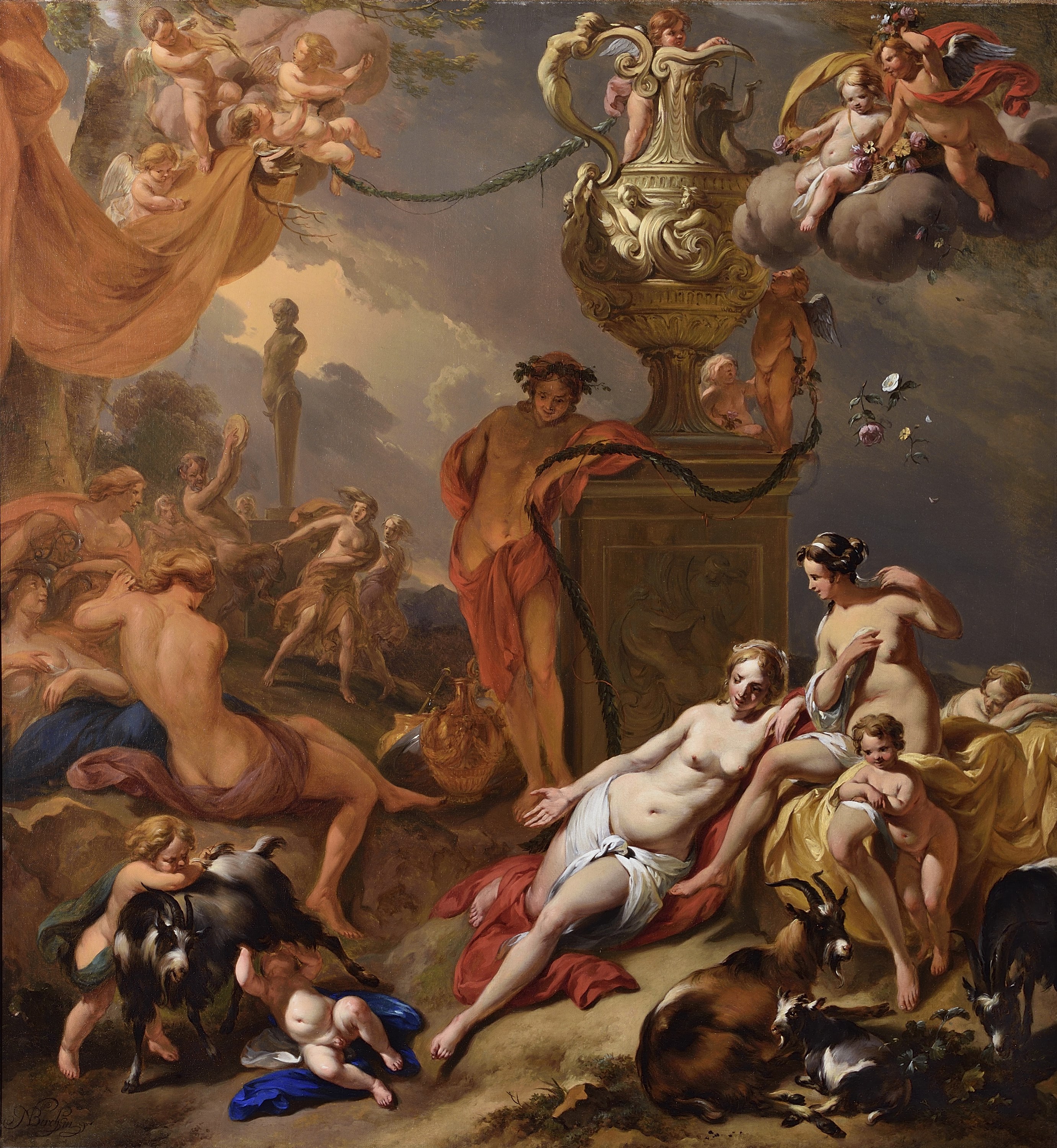To be included in the forthcoming catalogue raisonné of Jan Provoost’s work, currently in preparation by Professor Ron Spronk.
...
To be included in the forthcoming catalogue raisonné of Jan Provoost’s work, currently in preparation by Professor Ron Spronk.
This finely rendered Virgin and Child in a landscape is a remarkable discovery and a significant addition to the relatively small oeuvre of Jan Provoost, the most important artist active in Bruges in the generation after Hans Memling and Gerard David, and heir to the great Northern Renaissance tradition they initiated. We are grateful to Professor Ron Spronk from Queen’s Un ...
versity, Ontario, author of the forthcoming catalogue raisonné on Jan Provoost, for identifying this panel as a fully autograph work by the artist, on the basis of both photograph and infrared images, pointing out its similarities with another treatment of the theme by the artist now in the National Gallery, London, and with The Virgin and Child in Glory in the Hermitage, St. Petersburg. The free and economical underdrawing (fig. 1), which shows numerous changes to the original composition, is consistent with underdrawing found in other works by the artist (for comparison, see R. Spronk, ‘Jan Provoost’, Bruges et la Renaissance: de Memling à Pourbus, Paris, 1998, pp. 31-48, nos. 19-28).
Born in Mons in the Southern Netherlands, Jan Provoost received his initial artistic education from his father, Jan Provoost the Elder, and is likely to have furthered his training in the workshop of Simon Marmion in Valenciennes, one of the most important manuscript illuminators of his day. Upon Marmion’s death, Provoost married his widow, Johanna de Quarube. In 1493, Provoost joined the Guild of Saint Luke in Antwerp and in the following year became a citizen of Bruges, thus securing access to the two principal markets for painting in the Netherlands. He served as president of the Bruges painters’ guild in 1519 and 1525, and worked on several important projects for the city throughout his career. Most notably, Provoost had the honour of directing Bruges’ decorative programme for the Triumphal Entry of Charles V in 1520. That same year, Provoost met and befriended Albrecht Dürer, who was then travelling through the Netherlands. The German artist recorded in his diary making two drawn portraits of his Netherlandish counterpart, no doubt a testament to the esteem in which he held him.
Provoost’s miniaturist training in France is evident in this painting in the courtly, idealised figures, which are modelled with great delicacy, and in the attention given to the delicate rendering of the foliage in the foreground, which has a decorative quality reminiscent of the mille fleurs tapestries so fashionable at the time. The hieratic depiction of the Virgin, with Her soft features and gracefully inclined head, is a model of regal elegance: seated in a verdant meadow, she is surrounded by details emphasising Her divine status, such as Her fur-lined dress, Her rich red cloak bearing a seam of gold embroidery, the tasselled cushion on which She is seated, and Her long flowing hair, at the time the exclusive preserve of virgins and queens (C. Reynolds, ‘Reality and Image: Interpreting Three Paintings of the Virgin and Child in an Interior Associated with Campin’, S. Foister, S. Nash (eds.), Robert Campin: New Directions in Scholarship, Turnhout, 1996, pp. 183-9).
Provoost was unusual amongst his contemporaries in seemingly never repeating his compositions, thanks to his genuine gift for invention, as Friedländer noted: ‘Provost’s [sic] imagination begot significant pictorial ideas aplenty’ (M.J. Friedländer, Early Netherlandish Painting, IX.B, Leiden, 1973, p. 93). This creative power is manifest in this panel, in which Provoost developed a fresh and more intimate approach to the traditional theme of the Virgin and Child. While the depiction of the Holy Family being attended by angels is not unprecedented - for instance it features in an anonymous early German panel of the Nativity (Berlin, Gemäldegalerie), and the central panel of Albrecht Dürer’s Dresden Altarpiece (Dresden, Gemäldegalerie) - the motif of the Virgin passing the Christ Child to an angelic attendant would appear to be unique in the iconography of early European painting. The beautiful interplay of hands in this passage is typical of the artist’s originality, his mastery of composition and technical virtuosity. This pious image would have been intended for private worship and may once have formed the central panel of a now-dispersed triptych. Indeed, this panel once incorporated wings by an unknown later artist (see Christie’s Old Masters Day Sale, 3 December 2014, lot 106).
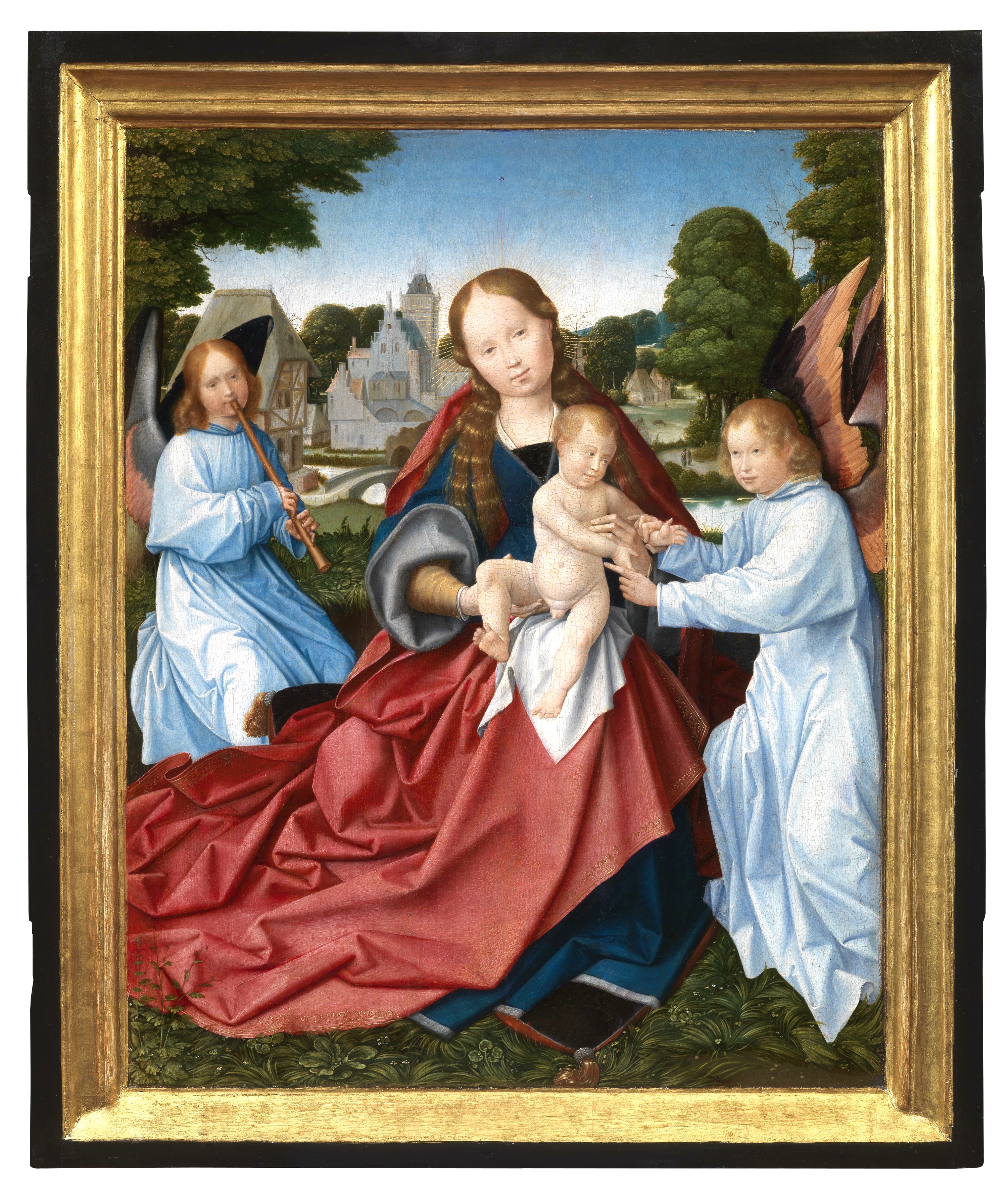
 Facebook
Facebook
 Twitter
Twitter


 Gmail
Gmail
